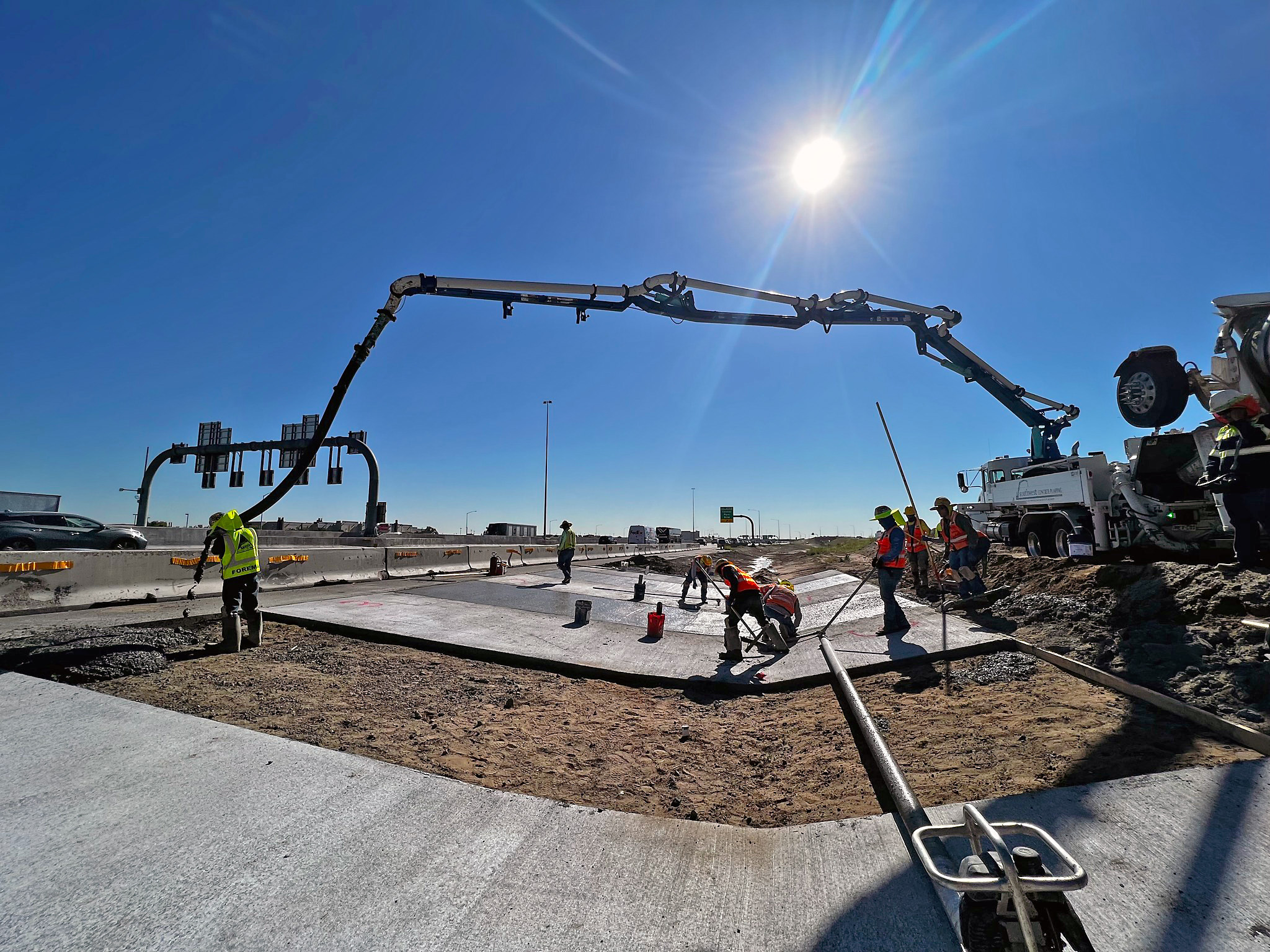
An Open-Ended Approach to Meeting Design-Build DBE Goals
The Disadvantaged Business Enterprise (DBE) program ensures that opportunities to compete for federally assisted contracts for highway, transit, and aviation projects are made available for small businesses owned by socially and economically disadvantaged individuals. Administration of the program, as regulated by Title 49 of the Code of Federal Regulations Part 26 (49 CFR 26), was designed around design-bid-build project delivery, but increasingly to address methods of delivery efficiency, agencies are using alternative project delivery contracting methods such as design-build.
The traditional method of administering the DBE program in design-bid-build procurement requires proposers to commit to named DBEs before contract award. However, this is difficult in the design-build process where the project design is incomplete before award. Commitments to named DBEs often do not materialize because DBEs that committed without sufficient project details may be unable to adhere to the quoted price or schedule. This often results in DBE terminations or documented good-faith efforts instead of actual work for the DBEs.
The Every Day Counts round seven (EDC-7) Rethinking DBE for Design-Build team is promoting tools and innovative practices, such as open-ended performance plans (OEPPs), to help State departments of transportation (DOTs) and local agencies modify their traditional DBE commitment process to align with design-build contracting methods. An OEPP allows the proposer to commit to using good faith efforts to meet the contract goal through sufficient DBE subcontracting. It lists the anticipated work opportunities with the estimated dollar value and timeframe for planned DBE participation throughout the project’s life. An OEPP serves as a roadmap for a State or local agency to monitor that the identified work opportunities are secured with named DBEs throughout the life of the project.

Colorado DOT used an open-ended performance plan (OEPP) on its Central 70 design-build project, shown here.
Credit: Colorado Department of TransportationMore Flexibility
The State of Texas benefits from the flexibility OEPPs provide. “As that project is designed and developed, the selected contractor can choose DBEs on an as-needed basis when items come up for bid to complete those project segments,” said Texas DOT Civil Rights Division Director Michael D. Bryant. “It allows more flexibility for not only the prime contractor but the DBE, so they’re not locking themselves into pricing or scheduling years before their services will be needed.”
General Counsel for The American Road & Transportation Builders Association, Rich Juliano, says the association’s members want to learn more about this FHWA EDC innovation. “A design-build team is supposed to have the flexibility to develop the project as best they can in terms of cost, risk, and many other factors, so OEPPs bring the DBE commitment of the project into line with all its other aspects.”
Increased Transparency
While OEPPs provide flexibility, they still require contractors to demonstrate progress toward achieving the DBE goals. Contractors must provide regular updates, reports, and documentation to track their performance and ensure transparency. The plan must demonstrate good faith efforts to achieve the goal. “Good faith effort is not necessarily at the beginning of a contract anymore,” said Angela Berry-Roberson, senior vice president of Civil Rights Advisory Services at WSP. “It’s throughout the project. You’re monitoring the numbers, but you’re also monitoring the efforts to get those numbers.”
Enhanced Opportunities
The flexibility of an open-ended approach encourages contractors to actively seek new work opportunities and identify additional areas where DBEs can participate in fulfilling their commitment to the DBE goal. Expected work opportunities submitted in the prime’s OEPP may change as the project is designed and more information about materials, quantities, and scheduling is known. Collaborating with the project sponsor, the prime contractor can continuously evaluate the project’s needs and identify work packages or subcontracts that align with DBEs’ capabilities. The project sponsor must approve OEPP changes, and revisions in opportunities must add up to the approved DBE goal unless there are no subcontracting opportunities left on the project.
Continuous communication among all stakeholders allows DBEs to predict what may be needed. “If a DBE cannot provide a subcontracting opportunity at the beginning of a project, there is time for that firm to grow and adapt its capabilities to the project’s needs. It is possible that a DBE can bid on additional work during the latter stages of a project if their firm aligns with subcontracting opportunities,” said Christine Thorkildsen, FHWA Rethinking DBE for Design-Build co-team lead. This proactive mindset expands the range of work opportunities available to DBEs beyond the project’s initial scope.
Reduced Risk
The OEPP can provide better levels of certainty and mitigate risk for States, design-build teams, and DBEs. Contractors can explore creative solutions and partnerships they may not have initially envisioned. “If there’s a way of mitigating the risk in terms of complying with DBE requirements and developing those opportunities, we think that’s a win for everybody,” said Juliano.
By embracing flexibility and maintaining transparency and open communication, contractors can create an equitable environment for DBE participation and foster their long-term success.
—MORE INFORMATION
Visit the EDC-7 Rethinking DBE for Design-Build webpage.
Subscribe to the Rethinking DBE for Design-Build e-bulletin.
See how Texas DOT incorporated OEPP into its Prime Contractors’ DBE Guide.
Contact Christine Thorkildsen or Martha Kenley in the FHWA Office of Civil Rights for more information.
Notice: The U.S. Government does not endorse products or manufacturers. Trademarks or manufacturers’ names appear in this article only because they are considered essential to the objective of the document.
Recommended Citation: U.S. Department of Transportation, Federal Highway Administration - Washington, DC (2023) Innovator Newsletter, July/August 2023, Volume 17 (97). https://doi.org/10.21949/1521753
- Cover
- An Open-Ended Approach to Meeting Design-Build DBE Goals
- EDC Legacy: Capturing the Value Created by Transportation
- Missouri Accelerates Market Readiness for Work Zone Innovations
- Innovation and Impact
- States Innovate
- STIC Showcase Features Homegrown Innovations
- EDC-7 Baseline Report Sets Goals for Seven Innovations
- About Innovator



